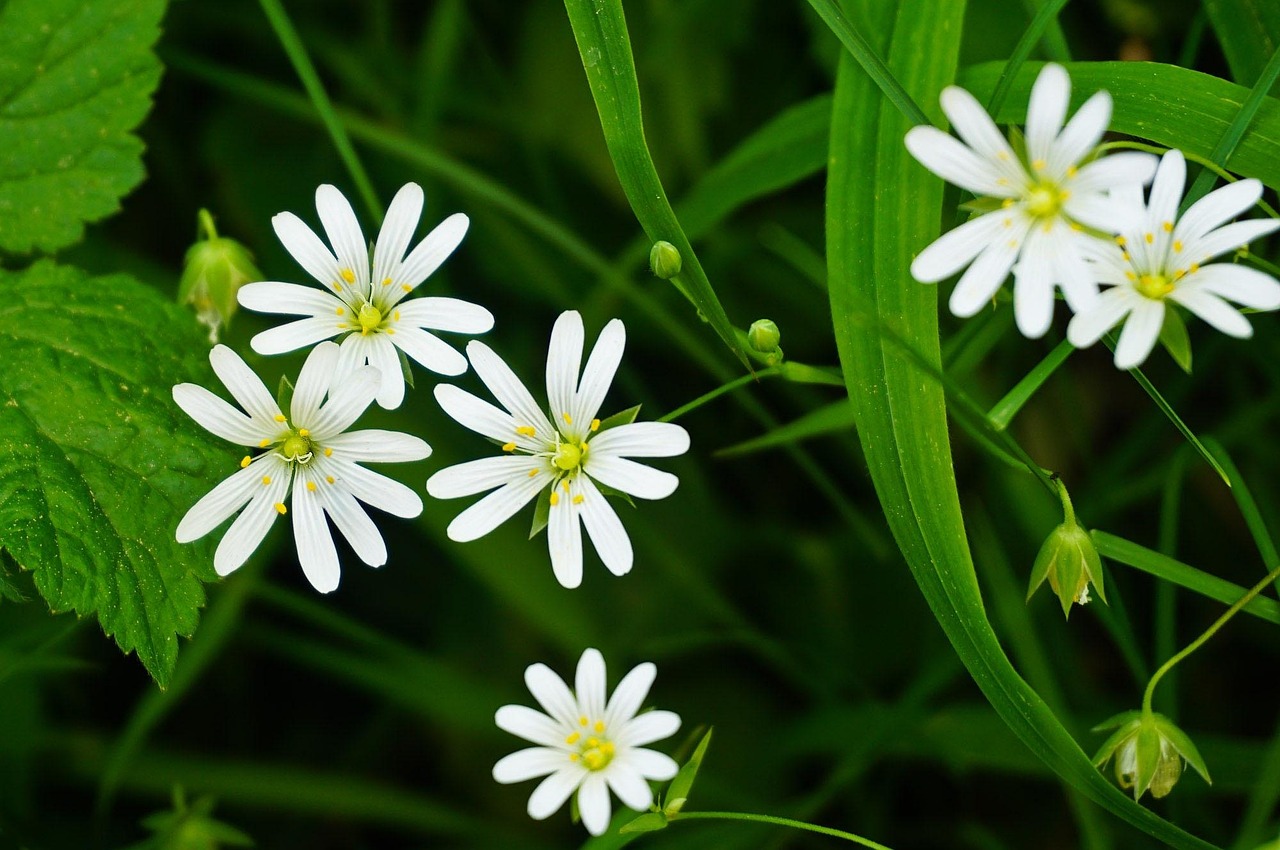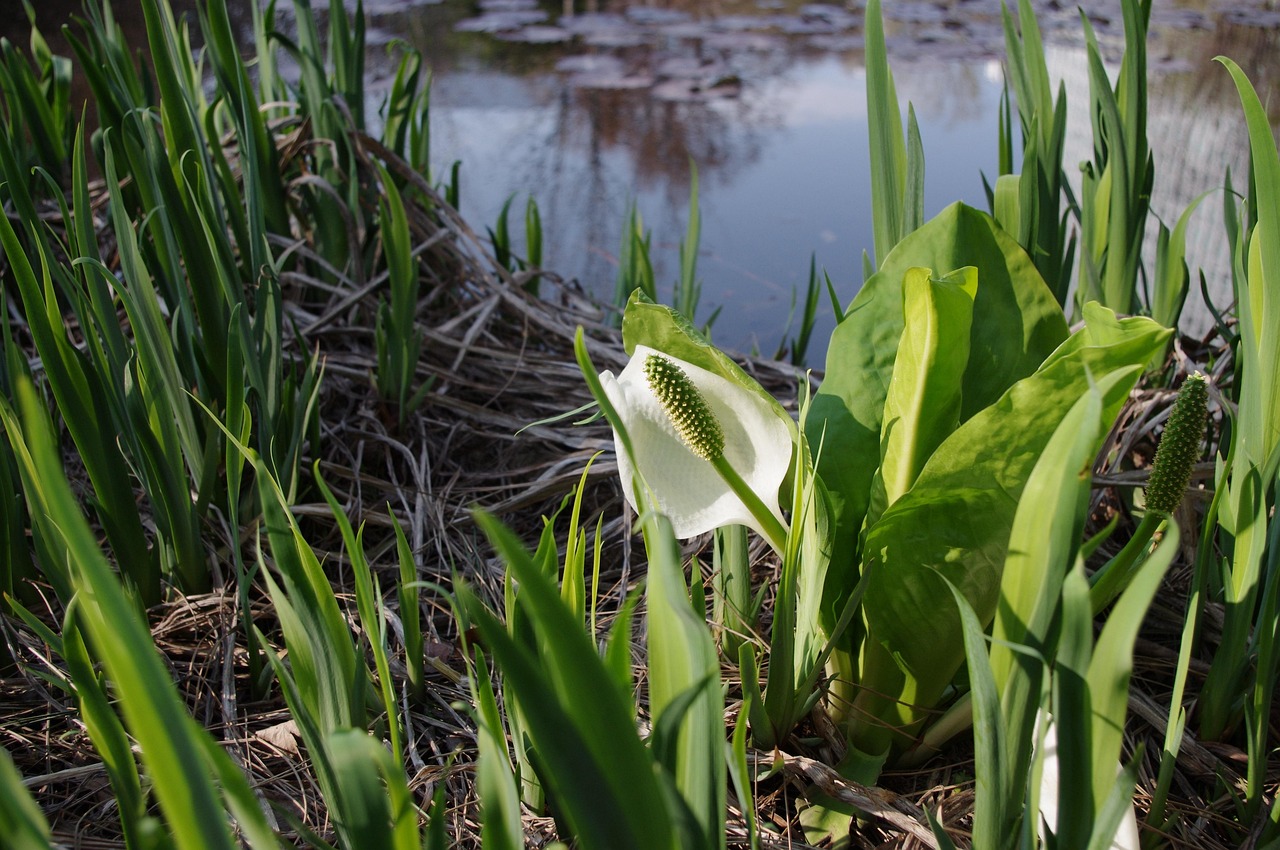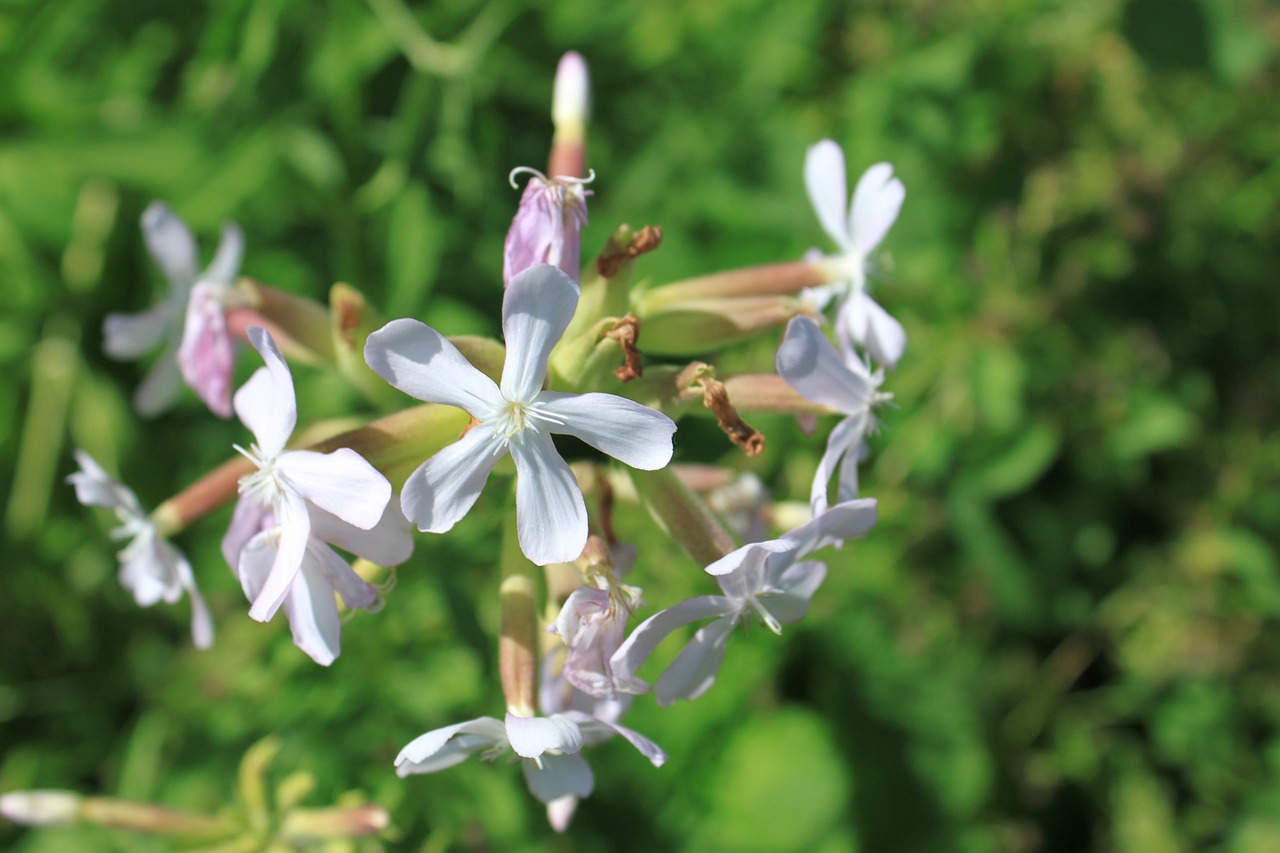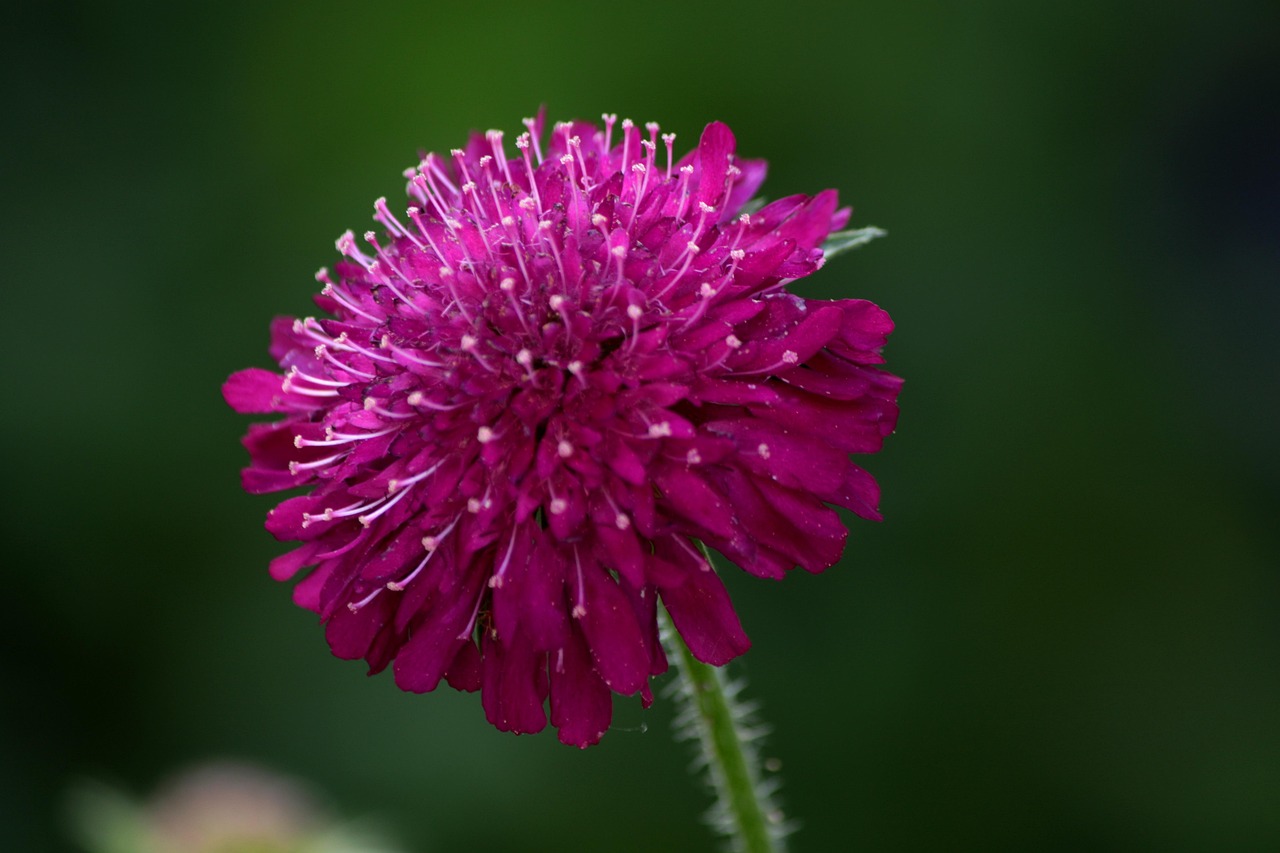Himalayan Hydrangea | A Silent Round Dance in the Subalpine Heights
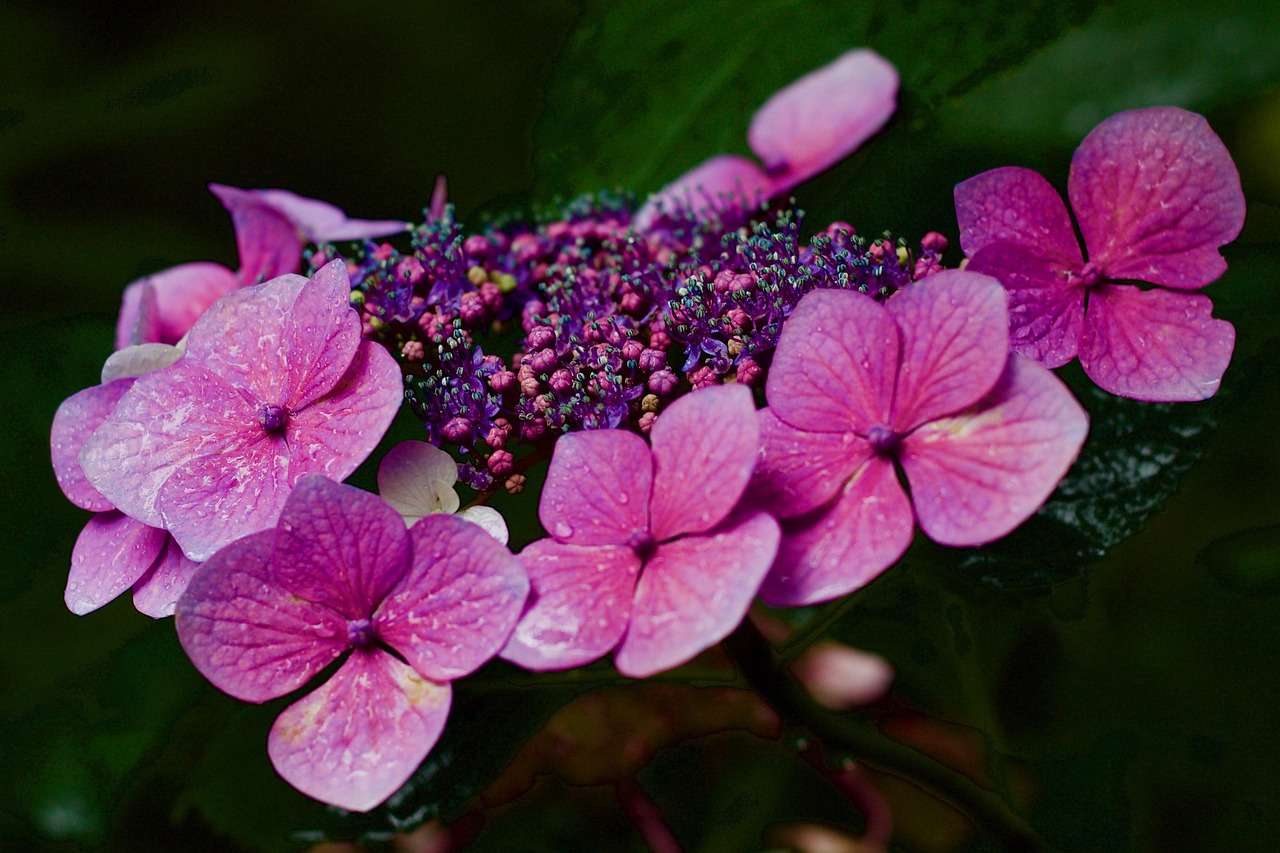
The Himalayan Hydrangea is a particularly delicate variety among hydrangeas, with a wild yet refined appearance. It is native to the Himalayan mountain range and the highlands of southern China.
Its large, soft leaves and the pale purple to pink ornamental flowers that bloom around its edges bring a sense of serenity to any garden.
In this article, I introduce the botanical characteristics, cultural significance, historical background, and essential care tips for this unique plant.
Basic Information
- Scientific name: Hydrangea aspera
- Family: Hydrangeaceae
- Origin: Himalayan regions from Nepal to Yunnan Province, southern China
- Appearance: The leaves are elongated, sometimes exceeding 20 cm, with a slightly velvety texture due to fine hairs on the surface. The flowers bloom from June to August, with small fertile florets clustered at the center, surrounded by showy sterile flowers. The inflorescence is flat and wide, modest yet elegant.
- Blooming season: Early to mid-summer (June–August)
Cultural Significance Around the World
The Himalayan Hydrangea has long been cultivated in humid, high-altitude regions such as China and Nepal. In mountain temples and gardens, its pure flowers were often associated with nature-worship traditions.
In Japan, during the Edo period, when botanical studies and gardening culture flourished, foreign hydrangea species gradually became known, and enthusiasts began to appreciate this plant. From the Meiji era onward, European garden styles were introduced into Japan, and the Himalayan Hydrangea was chosen for naturalistic garden designs.
In Europe, this plant was introduced in the late 19th century and quickly gained popularity among English horticulturalists. Its preference for humid climates made it especially suitable for shadow gardens in English-style landscapes. In France, its ornamental beauty has been admired, and it is still often planted in public parks and botanical gardens.
Historical Anecdotes
The Himalayan Hydrangea was introduced to the West thanks to 19th-century plant hunters. British botanist Joseph Dalton Hooker encountered the plant during his Himalayan expedition of 1847–48 and brought specimens back to the Royal Botanic Gardens, Kew.
He described it as a distinctive hydrangea native to high altitudes, and it was highly valued in botanical studies. During the Victorian era, collecting rare exotic plants was considered a status symbol, and the Himalayan Hydrangea was cultivated in both botanical gardens and aristocratic estates. By the late 19th century, several horticultural varieties had been developed, prized for their ornamental flowers. Today, they continue to be preserved and cultivated in the United Kingdom and Germany.
Gardening Advice
The Himalayan Hydrangea is more delicate than common hydrangea varieties and requires careful environmental management:
Light
Bright partial shade is ideal. Avoid strong direct sunlight, which can cause leaf burn and dryness.
Watering
Keep the soil moist, especially during summer. Water thoroughly when the surface soil dries. Potted plants dry out faster and need close attention.
Soil
Slightly acidic soil with good drainage and water retention is best. A mixture of hydrangea compost with leaf mold or peat moss works well.
Fertilizer
Apply slow-release fertilizer in spring (March–April) and before flowering (May–June). Limit feeding after flowering.
Pruning
Remove faded flower heads after blooming and lightly shape the branches. Avoid heavy pruning, as it may affect the following year’s buds.
Winter care
The plant is relatively hardy, but in colder regions, protect the base with mulch. Potted plants should be shielded from frost.
Conclusion
The Himalayan Hydrangea is a wild hydrangea native to the Himalayan highlands, introduced to Europe in the 19th century by explorers.
Its quiet elegance and subdued flower colors harmonize beautifully with both English and French garden styles, and it continues to be valued as an ornamental plant today.
Though delicate in nature, with careful attention to light and moisture management, one can fully enjoy the unique beauty of this exceptional hydrangea.

